How Micro-Obligations in Contracts Trigger Macro-Risks—And How CLM Prevents Them
All contracts your business signs are webs of commitments-each playing a critical role in holding trust, performance, and conformance together. Those tiny, often overlooked commitments-known as micro-obligatons-may appear on the surface to be inconsequential.
But left behind, pending, or misinterpreted, they can unleash macro-level consequences such as financial fines, compliance issues, or even harm to one's reputation.
Consider them the fine print with monumental risks.
A missed deadline for payment, a forgotten compliance report, or a delayed shipment from a vendor may not look disastrous individually-but collectively, these slip-ups can undermine entire business operations.
So how do companies avoid such chain risks?
The solution is to use Contract Lifecycle Management (CLM)-technology that turns contracts papers into dynamic, trackable assets.
Let's take a look at how micro-obligations become macro-risks, and how a smart CLM platform keeps track of every commitment, no matter how insignificant.
The Domino Effect: How Micro-Obligations Escalate into Macro-Risks
There are several layers of obligations for each contract-payment terms, delivery deadlines, compliance milestones, confidentiality covenants, audit rights, etc..webp?width=300&height=300&name=Untitled%20design%20(39).webp)
In isolation, these seem manageable. But multiplied over hundreds or thousands of contracts, even one overlooked obligation has the power to precipitate a cascade of risk.
Here's how tiny errors turn into mountains:
- Missed Deadlines → Financial Penalties:
Not paying or delivering on time may result in late fees, service charges, or lost discounts. They add up and erode margins over time.
- Unfulfilled Compliance Clauses → Regulatory Action:
When organizations ignore small provisions-like data reports or audit filings-they risk getting into non-compliance penalties that damage both reputation and bottom lines.
- Ambiguous Ownership → Accountability Gaps:
Nobody's in charge, so responsibilities fall through the cracks, leading to departmental or supplier conflicts.
- Siloed Tracking → Hidden Liabilities:
Manual logs and spreadsheets don't track contract interdependencies, so it's hidden when multiple obligations overlap or conflict.
In short, the smallest clause can trigger the biggest crisis.
The Anatomy of Contractual Obligation Management
To prevent micro-obligations from escalating to macro-risks, firms must master contractual obligation management-the 360° process of discovery, tracking, and enforcing every promise in a contract.
When managed properly, obligations are not a source of anxiety-they are a foundation for operational confidence and control.
Why Contractual Obligations Matter
Each clause in a contract is designed to protect something that matters-revenue, compliance, or relationships.
Value Leakage: Missed milestones, fines, and performance credits silently devour profits year in and year out.
Visionary legal and procurement teams are therefore turning to Contract Lifecycle Management (CLM) platforms-to track, manage, and automate end-to-end obligation management.
The 5 Core Principles of Successful Obligation Management
To be successful at managing micro-obligations, all organizations need to follow these five fundamental principles:.webp?width=300&height=300&name=Untitled%20design%20(60).webp)
- Contract Visibility
Every obligation must be recorded in an end-to-end, searchable system.
Visibility ensures all stakeholders are able to view each deliverable, date, and dependency.
Why it matters:
- Legal teams can quickly confirm compliance requirements.
- Procurement ensures vendors meet their obligations.
- Contract Ownership
Each obligation must have an assigned owner and due date. Without this, accountability disappears.
Why it matters:
- No obligation is left unclaimed.
- Teams receive reminders prior to deadlines to aid in taking action on time.
- Criticality Assessment
Not all commitments are of equal significance. The use of risk scores makes it easier to prioritize activities with legal, financial, or reputational consequences.
Why it matters:
- Legal teams prioritize high-risk clauses.
- Procurement prioritizes supplier performance issues.
- Compliance Monitoring
Bolt-on reminders and workflows ensure nothing is forgotten or left late.
Why it matters:
- Non-compliance is identified early, minimizing escalation.
- Teams can fix before it is a crisis.
- Reporting and Analytics
Structured reporting provides contract health, performance, and compliance trends as data-driven insights.
Why it matters:
- Legal can demonstrate portfolio-wide compliance.
- Procurement receives an end-to-end view of vendor reliability.
When companies implement these principles via a CLM system, they move away from firefighting on the back foot towards proactive performance management.
CLM: The Safety Net That Catches Every Obligation
That's where Contract Lifecycle Management (CLM) comes into play.
Next-generation CLM systems don't just store contracts-they bring them to life as living, breathing processes..webp?width=300&height=300&name=Untitled%20design%20(58).webp)
By digitizing each stage of the contract lifecycle-from creation through signing and renewal-CLM captures every clause, every promise.
How CLM Prevents Micro-Obligations from Becoming Macro-Risks
- AI-Powered Obligation Extraction
CLM technology uses artificial intelligence to automatically identify key obligations and clauses in contracts.
This minimizes the risk of human errors and catches all promises with precision.
Benefit: Faster reviews, fewer missed terms, and end-to-end visibility into all contractual promises.
- Centralized Contract Repository
In contrast to contracts floating around emails and shared drives, CLM stores them all in one secure place.
With versioning, search filtering, and access logs, teams can easily find, follow, and manage all documents.
Benefit: One source of truth across departments, eliminating confusion and duplication.
- Role-Based Ownership and Automated Alerts
Each responsibility is assigned to a accountable individual or team with automatic reminders for deadlines.
Benefit:
- No more forgotten deadlines or follow-ups.
- Real-time accountability between legal, procurement, and finance.
- Continuous Compliance Tracking
A robust CLM monitors compliance in real time, warning teams before clauses are breached.
This is anticipatory, evading penalties and building confidence in audits.
Benefit: Continuous adherence to regulatory and contractual obligations.
- Risk Dashboards and Analytics
CLM solutions provide dashboards with open, past-due, or at-risk commitments.
The analytics allow leadership to make informed decisions on renewals, vendor relationships, and risk mitigation.
Benefit: Proactive insights instead of reactive scrambling.
Common Pitfalls in Micro-Obligation Management
Companies, with the best of intentions, fall into common traps that lead to macro-contract risks:
- Over-Reliance on Manual Processes: Emails and Excel spreadsheets cannot keep pace with contract volumes.
- Weak Accountability: Without ownership, obligations are lost in ambiguity.
- Non-Standard Templates: Incomplete or outdated clauses create loopholes and liability.
- Untracking Post-Signature: Most risks are generated post-signature, but many teams truncate tracking at execution.
- Forgetting Renewal Dates: Auto-renewals without a review readily trap organizations into unwanted terms.
CLM sidesteps these traps by converting static files into dynamic workflows-reviewing, reminding, and renewing automatically to ensure no obligation slips through the cracks.
Chaos to Clarity: The CLM Advantage
Micro-obligations turn into opportunities-not liabilities-with CLM.
It aligns legal, procurement, and finance teams with a single source of truth, promoting transparency and trust..webp?width=300&height=300&name=Untitled%20design%20(59).webp)
Here's how CLM transforms contract management:
- Enhanced Visibility
Have visibility in real-time into all commitments, ranging from service levels to payment schedules.
- Streamlined Workflows
Scheduled approval and routing workflows reduce delays and mistakes.
- Data-Driven Decisions
Dashboards allow contract performance to be reviewed, bottlenecks to be detected, and gaps in compliance to be filled.
- Risk Reduction
Automated notifications and audit trails remind teams of deadlines and commitments.
- Improved Relations
Vendors and stakeholders feel assured that deliverables are tracked and enforced uniformly.
Micro-Obligations Managed, Macro-Risks Controlled
When you manage micro-obligations effectively, your contracts stop being stressors and turn into strategic assets.
You get predictability, accountability, and consistency of performance in your contract portfolio.
Without CLM, organizations stay in reactive mode-racing to fix neglected tasks and escape penalties.
With CLM, they move into a proactive mode-anticipating dangers ahead of time.
The Business Impact: Why CLM is No Longer Optional
Manual tracking of contracts is a liability in today's compliance world.
With increasing regulatory scrutiny, complex supply chains, and distributed workers, businesses need to have automation to stay in command.
Key benefits of adopting CLM for obligation management:
- Strengthened compliance position with audit-ready documents
- Improved interdepartmental synchronization with shared visibility
The payoff is not just efficiency-it's risk mitigation, trust, and profitability.
Conclusion
In contract management, the small things are the big things.
An unchecked clause, a lost milestone, or an ignored obligation can snowball into financial, legal, and reputational disaster.
Micro-obligations are small-but having the ability to manage them correctly makes all the difference in whether your organization is truly strong, compliant, and profitable.
That's why successful companies rely on CLM platforms like Dock 365 to bring contract commitments into sight, motion, and enforceability.
Because when all commitments are accounted for, all promises are kept-and all risks are managed.
Ready to eliminate hidden contract risks and turn every agreement into a performance engine?
Dock 365 CLM, built on Microsoft 365, helps you automate obligation tracking, enhance visibility, and ensure compliance across your entire contract portfolio.
Schedule a free demo with Dock 365.
Discover how smart CLM can turn your micro-obligations into macro-opportunities.
Book a Live demo
Schedule a live demo of Dock 365's Contract Management Software instantly.
.jpg?width=1260&height=1205&name=Image%20(2).jpg)
Written by Fathima Henna M P
As a creative content writer, Fathima Henna crafts content that speaks, connects, and converts. She is a storyteller for brands, turning ideas into words that spark connection and inspire action. With a strong educational foundation in English Language and Literature and years of experience riding the wave of evolving marketing trends, she is interested in creating content for SaaS and IT platforms.


